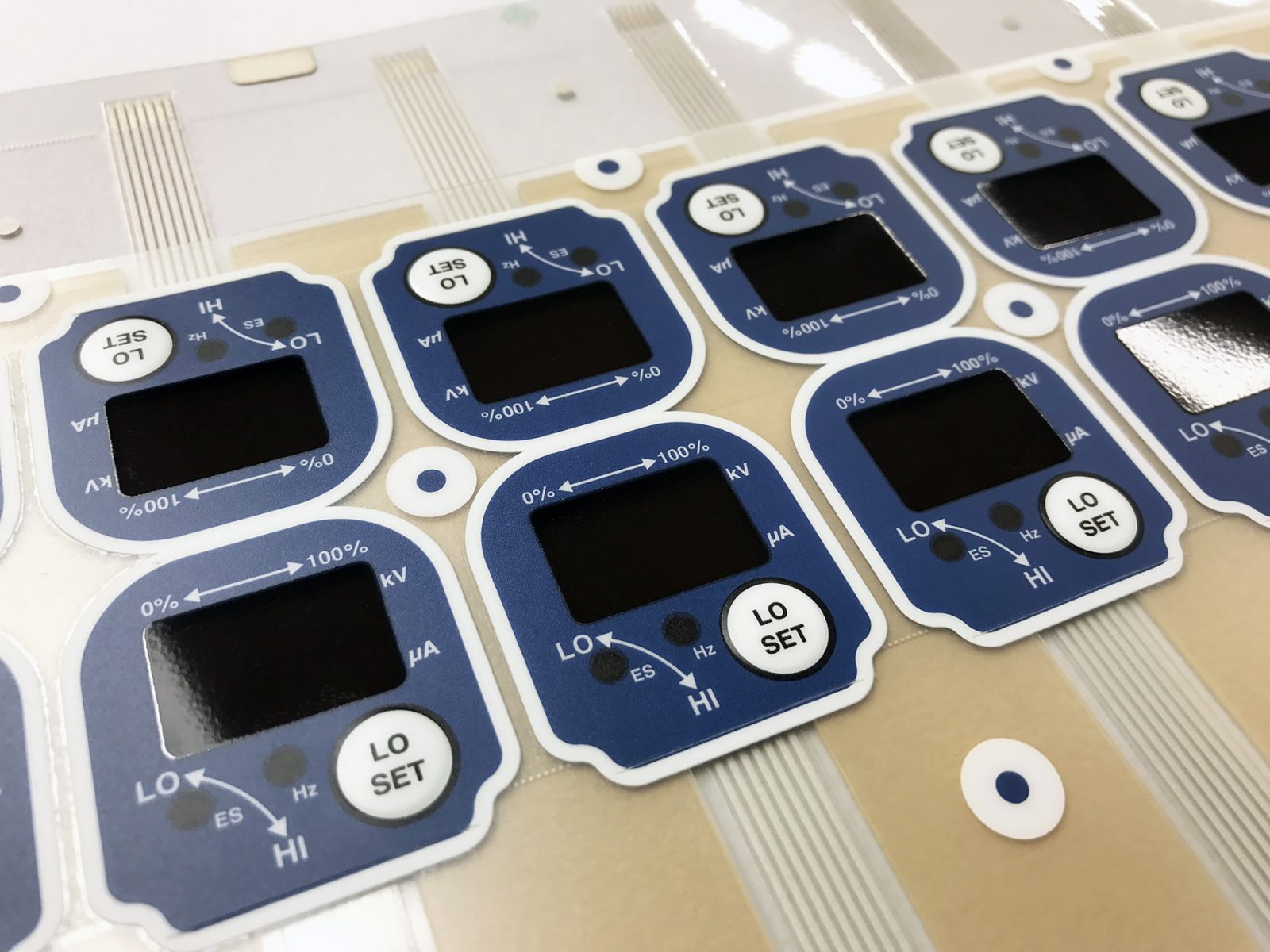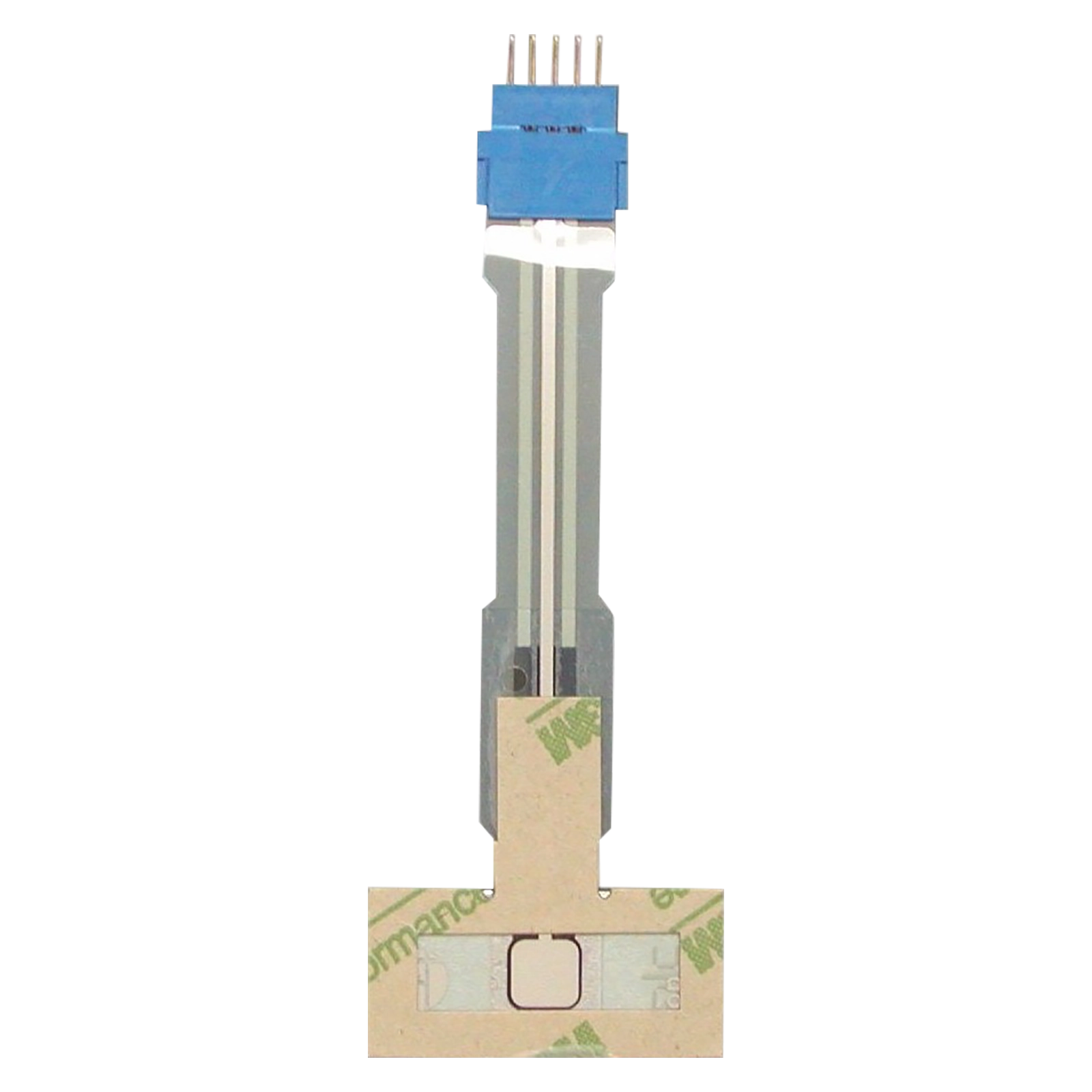The Key Benefits of Using Membrane Switches in Industrial Applications
Why Membrane Layer Changes Are Essential for Long Lasting Control Systems
Membrane buttons play a pivotal function in making certain the resilience and reliability of control systems throughout various sectors. As we discover the complex benefits of membrane layer switches, it becomes evident that their significance transcends simple capability, affecting individual experience and functional performance.
Introduction of Membrane Switches
Membrane buttons are versatile and trusted parts commonly utilized in different digital control systems. These switches contain several layers, including a graphic overlay, a spacer layer, and a published circuit layer. The graphic overlay offers both useful and aesthetic style, while the spacer layer makes sure that the switches are activated just when pushed. The printed circuit layer includes conductive traces that complete an electrical circuit when the membrane layer is pressed, making it possible for the tool to react to user inputs.
Membrane layer switches are typically favored in applications calling for a portable and light-weight layout, making them excellent for handheld tools, medical devices, and industrial machinery. They can be tailored to satisfy particular individual demands and can incorporate numerous functions such as backlighting, responsive feedback, and several shades. Membrane layer buttons are immune to dust, moisture, and impurities, making them suitable for environments where toughness is important.
Advantages of Toughness
In lots of applications, the sturdiness of membrane layer switches over deals substantial advantages that enhance their overall efficiency and dependability. These switches are designed to endure extreme atmospheres, making them perfect for usage in requiring problems such as high humidity, extreme temperatures, and direct exposure to chemicals. Their robust construction aids to protect against damage from physical effect, making sure durable performance and reducing the demand for constant substitutes.
Additionally, membrane buttons are resistant to damage, which is crucial in applications where regular interaction happens. This resilience converts to decrease upkeep costs, as companies gain from decreased downtime and fewer solution interruptions. The encapsulated design of membrane layer switches over shields internal elements from dirt and moisture ingress, further adding to their life-span (membrane switch).
Another benefit is their capability to maintain constant efficiency over time. With a high tolerance for mechanical stress, these buttons protect their tactile feedback and electric integrity, ensuring customer fulfillment. Inevitably, the durability of membrane layer switches not only enhances functional performance however additionally fosters confidence in their dependability, making them a recommended selection for control systems throughout numerous industries.
Applications in Different Industries
Resilient control systems utilizing membrane layer buttons find considerable applications throughout a variety of industries, each gaining from the special qualities these buttons use. In the clinical sector, membrane switches are important for devices such as client monitors and diagnostic equipment, where reliability and ease of cleaning are paramount. Their resistance to wetness and impurities guarantees they maintain functionality in sterile settings.
The automobile industry leverages membrane buttons for dashboard controls and infomercial systems, where they give sleek, low-profile user interfaces that improve individual experience. These buttons are also made to stand up to harsh problems, including direct exposure to extreme temperatures and resonances.
In commercial setups, membrane buttons are frequently utilized in machinery control panels, providing responsive feedback and longevity necessary for high-usage applications. Their capability to withstand chemicals makes them suitable for manufacturing settings where spills and contaminants are frequent.

Customer electronics, such as cooking area home appliances and remote controls, additionally utilize membrane buttons for their adaptability and cost-effectiveness. Overall, the versatility and robust nature of membrane layer changes make them vital across numerous fields, guaranteeing reliable operation and long life in control systems.
Design and Visual Allure
While performance is extremely important, the layout and visual allure of control systems geared up with membrane layer buttons play a vital duty in customer involvement and total experience (membrane switch). The visual style of these buttons can significantly affect individual understanding and interaction. A well-designed membrane switch boosts the beauty of the device, making it extra appealing to customers and fostering a link in between the customer and the item
Membrane layer switches use a large amount of flexibility in design, enabling makers to tailor graphics, shades, and structures to line up with brand name identity and product see this site aesthetics. Using lively shades and distinctive patterns can attract attention, while tactile comments can reinforce the individual's communication with the tool. Furthermore, the capacity to integrate LED indications and backlighting into the membrane button style gives both useful and visual advantages, enhancing visibility and functionality in different atmospheres.

Enhancing Customer Experience

In addition, membrane switches can be customized to include graphical user interfaces, improving functionality by offering details in a clear and intuitive way (membrane switch). This personalization can include icons, labels, and shade coding that overview users with complex functionalities easily. Additionally, Your Domain Name their versatility enables assimilation in numerous environments, guaranteeing consistent efficiency whether in industrial equipment or customer electronic devices
The longevity of membrane layer buttons likewise plays a vital role in customer experience. By holding up against extreme problems and extended usage, these switches lower the possibility of system failings, hence advertising dependability and user confidence. Eventually, the tactical usage of membrane changes not just elevates capability however additionally dramatically improves user interaction with control systems, making them a crucial element in modern style.
Conclusion
